Moondrop Kanas Pro — reasonable hype, great sound
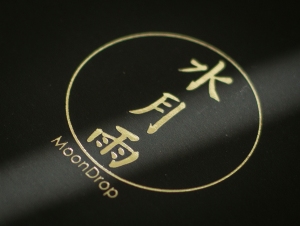

The best way to keep in touch with the audience is to find the most popular product among numeruos IEMs and make it a starting point in further evaluations of other models. This ensures that the initial perceptions coincide and builds a good ground for future comparisons or suggestions.
Moondrop Kanas Pro seems to belong to one of those rare examples that would bear much of hype, resulting in many requests to be compared against whenever something new is reviewed. No chance for me to avoid this trend and here is my own evaluation of Kanas Pro IEMs.
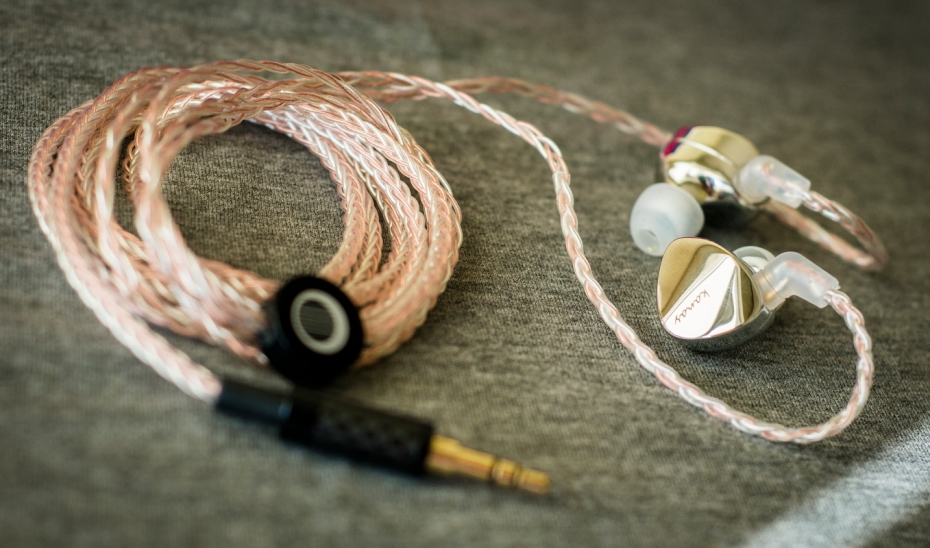
Moondrop Kanas Pro is available at PenonAudio store
Moondrop Kanas Pro technical specifications:
- Type: single dynamic driver IEMs
- Driver: 10mm
- Magnet: N48
- Diaphragm material: DLC diamond carbon
- Coil: 0.035 mm-CCAW
- Impedance: 32 Ω @ 1k Hz
- Connector: 2pin, 0.78mm
- Cavity material: zinc-magnesium alloy
- Cavity technology: metal injection molding integrated casting
- Cable: 1.2m (Lyre Acoustics)
- Audio jack: 3.5mm, straight
Other features:
- The Kanas Pro Edition has a more balanced distribution of three products and a greater volume of ventilation than the regular Kanas version, based on high quality and high standard of ultra-wide response and HRTF. The resulting sound quality not only has a strong resolution and open sound field, but also has a more natural timbre texture than the regular version.
- The internal cavity structure added to the generating unit combines the air flow from different positions of the basin frame to an air hole with acoustic damping, so that all parts of the diaphragm bear air damping are equally, so as to make the energy of high, middle and low frequencies more balanced.
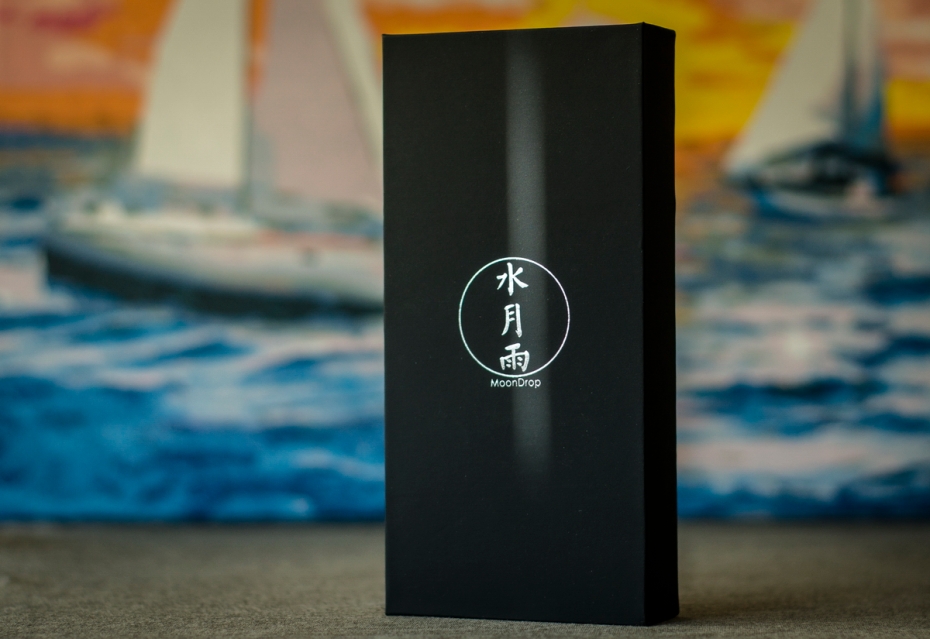
Packaging, design and build quality:
Kanas Pro IEMs come in small black matt box with very strict and minimalistic approach to its design. No other elements and information apart from silver brand logo and name imprint on the top cover and small sticker with technical specifications on the back.
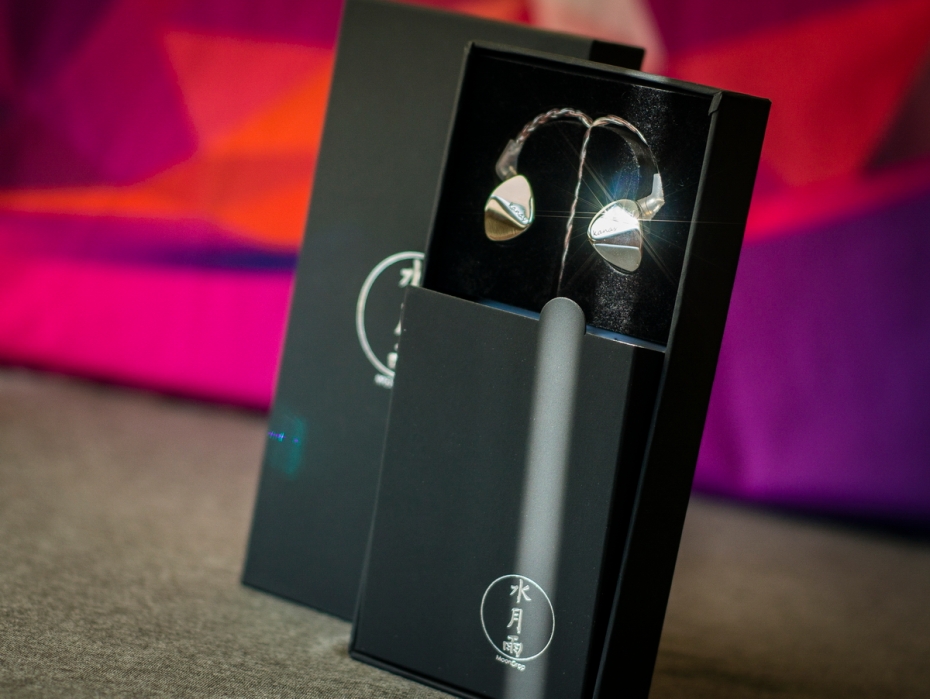
Box space is split into two parts. IEMs rest on special soft poduim while other accessories are located below in the additional compartment.
Box contents:
- Kanas Pro IEMs
- audio cable
- 4 pairs of silicone eartips
- soft pouch
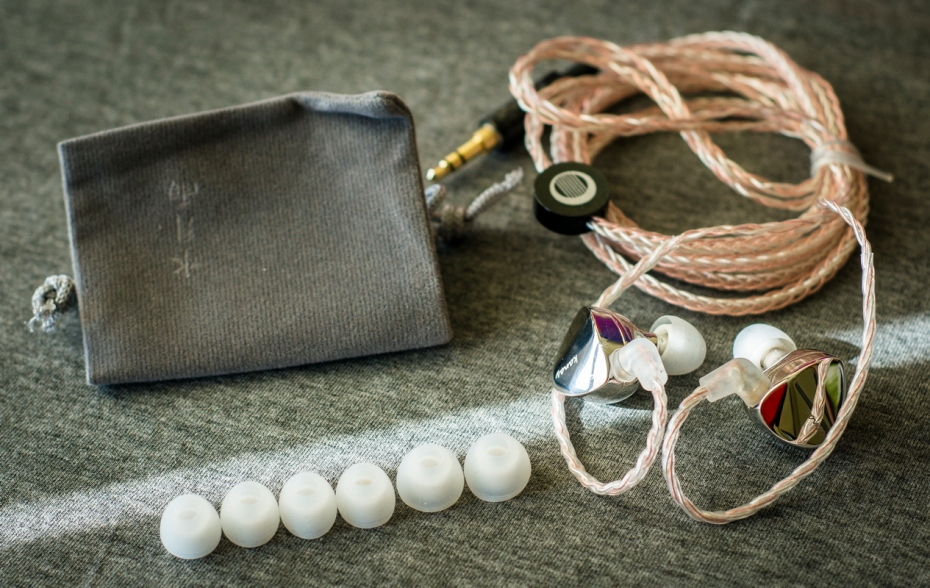
Not that much of accessories for the declared price. Many other brands would also include extra silicone or foamy eartips, storage case and even some adapters…
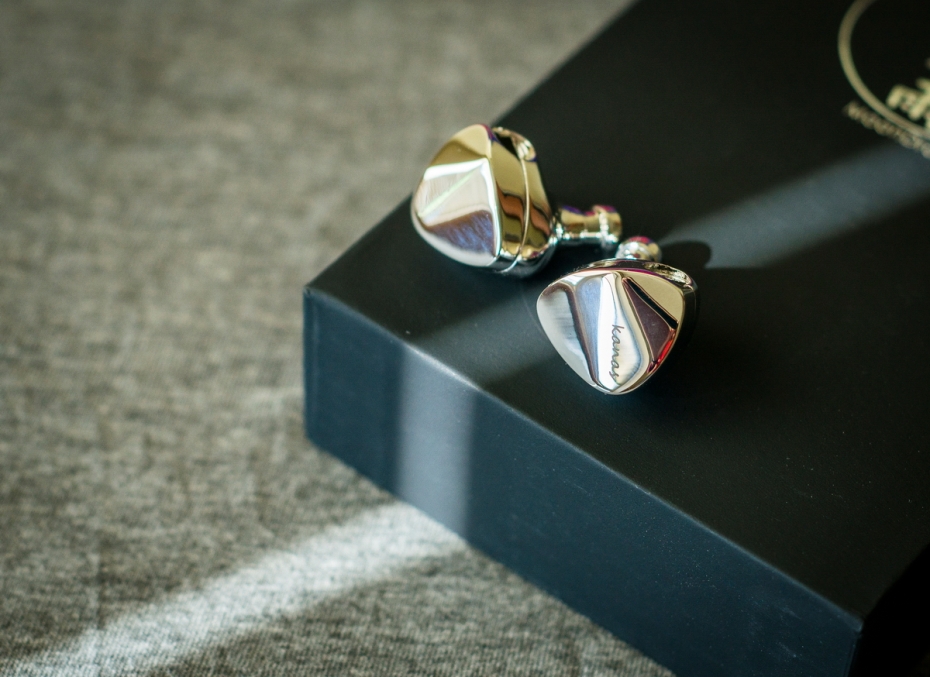
Kanas Pro shells are made of zinc-magnesium alloy. Further polishing process gives it clean, shiny and attractive look which is very complicated to capture on camera cause it is catching too many reflections at a time
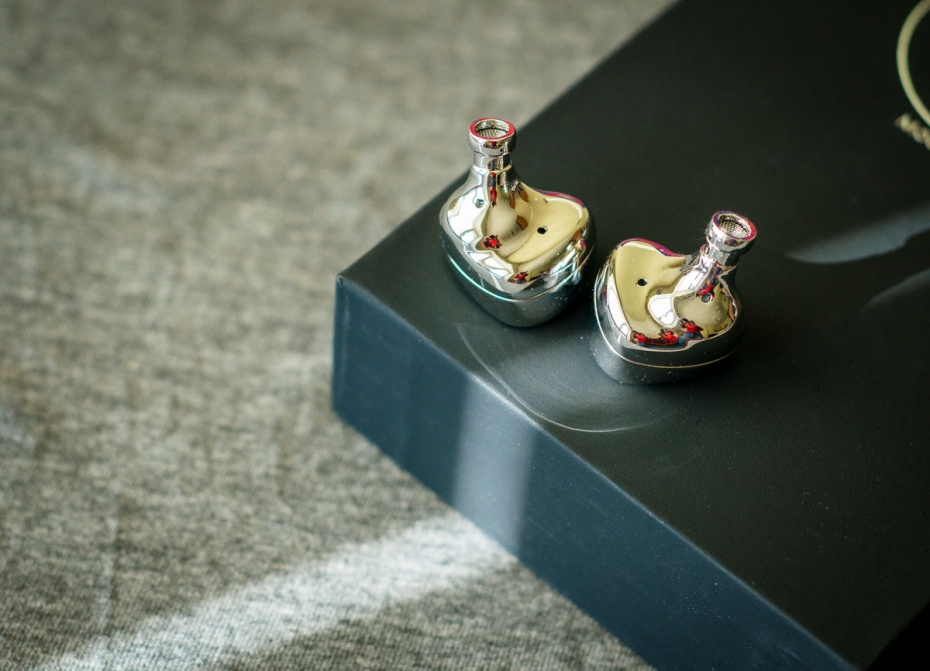
There are two compensational openings per channel and pretty long output nozzles protruding from the shells. Nozzles are covered by protective grills.
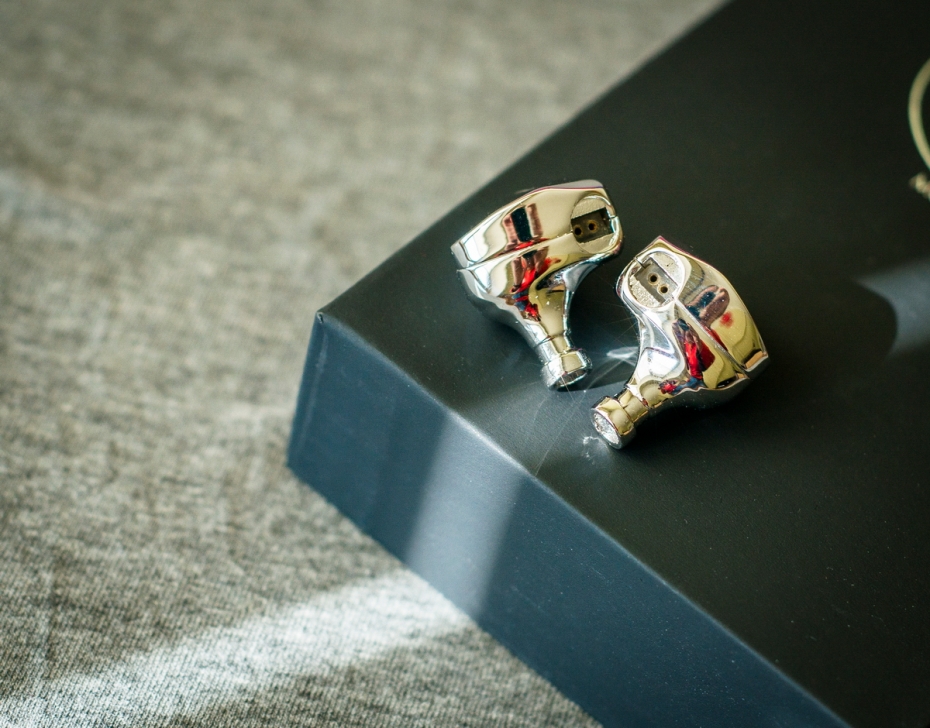
2pin connectors are drawned inside the shells and have very tight fit when connecting the cable.
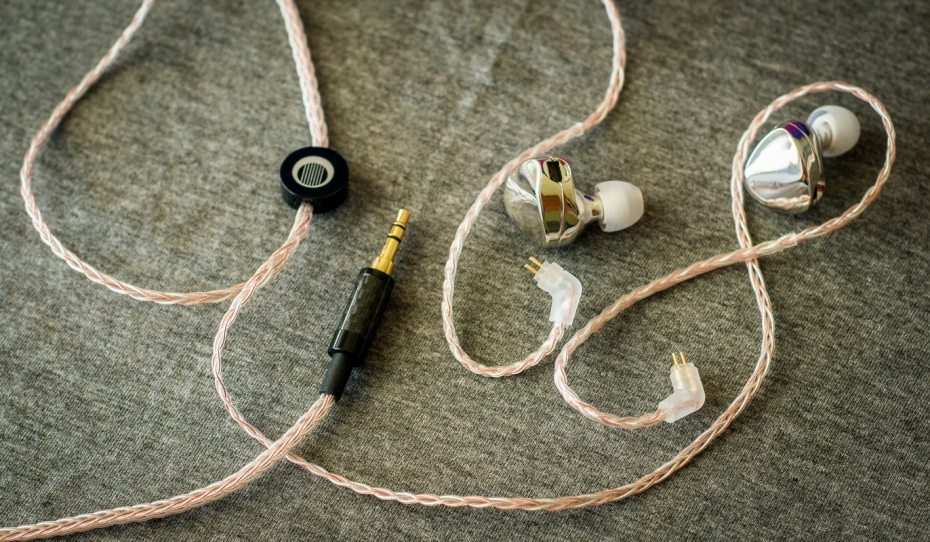
Stock cable is made of copper and sliver-plated copper cores, equipped with flexible earguides, 2pin connectors in plastic housings, plastic Y-splitter and plastic+carbon fiber 3.5mm jack housing.
Fit:

Very good fit. Concerning how many people like it — Kanas Pro are highly universal IEMs. Perhaps, the main reason is the length of output nozzles — less comfortable models would usually have smaller length. Can’t tell anything specific about the shape ergonomics but the combination of eargudies and length of the nozzles removes any discomfort and lets concentrate on music.
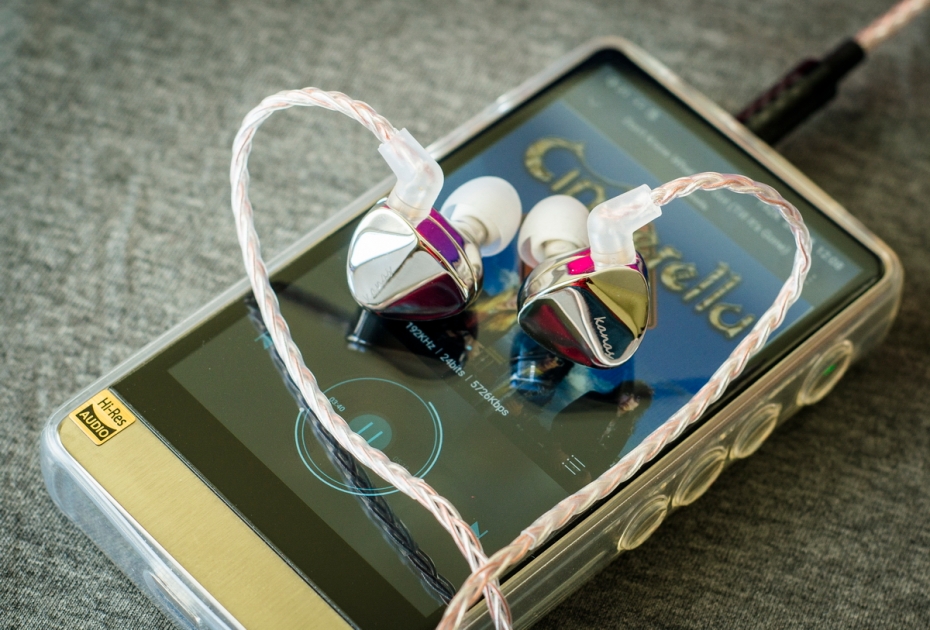
Sound:
Instead of following the same path of describing all frequency ranges one by one, I would shortly describe the sound and focus on the comparisons to my small fleet of IEMs in the same price range. There are lots of reviews of Kanas Pro and most of them are accurate in terms of sound description. The only difference that forces me to give my own evaluation is the combination with HiBY R6Pro DAP as a source.

First of all, I wouldn’t call Kanas Pro sound neutral despite the smooth AFR graphs. It has some very slight U-shaped tuning, with a bit elevated lows, a little bit accented treble and slightly recessed mids. Though, the approach to tuning by Kanas is quite accurate, not overemphasizing treble but leaving enough thickness and body to mids while adding good clarity and feel of transparency. Female vocals are perceived bit more upfront but not suffering from the excessive brightness and not producing piercing sounds on high notes.

Lows are quite textured, with good reach of deep bass, nice control and precise countouring. Presence of bass is big in the entire presentation is might even overwhelm om some tracks. No problems with midbass dynamic and power, though.
Treble shows a good balance between the extension and thickness. It is not that thin and sonant to be icy cold but has enough extension and clarity to improve the perception of the entire resolution.

Stage is perceived a little more than average due to good separation between instruments in mid range, decent layering of frequency ranges and enough influence of treble that provides the feel of transparency.
In overall, Kanas Pro sound is quite weighted, mature and having enough warm timbre to polish out any harshness. Despite slight recession, mids are still well exposed.

Now, moving to the comparisons to other IEMs. I would compare to all more or less popular IEMs that I have in $130 — $260 range. The full list looks like that:
- Kinera Idun
- iKKO OH1
- Whizzer Kylin
- LZ HIFI A6Mini
- Hidizs Mermaid MS4
- Shozy & Neo CP
- Anew U1
- Tanchjim Oxygen
Comparison to Kinera Idun:
Type: Kinera Idun is hybrid model, based on 2 BA units + one 7mm dynamic driver.
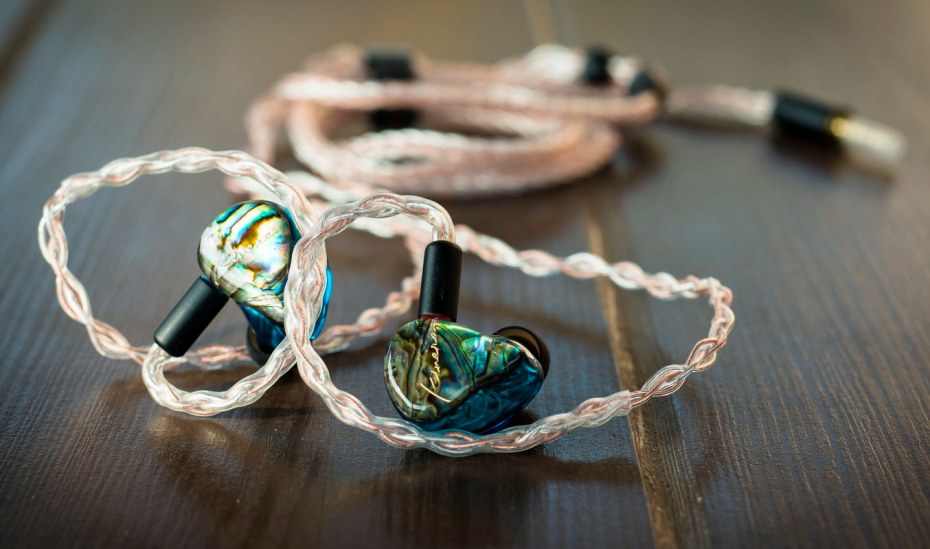
Fit: Kinera Idun shape belongs to pseudo-custom shell type and has the perfect fit. Most of the IEMs with this type of shells are superior to any other model. Very comfortable even during the workouts (if you want to destroy expensive and good IEMs very fast )
Sound: Kinera Idun sound is more soft and neutral with less emphasis on bass. At the same time, treble is more extended, crisp and thin. It also has better mirodynamics and good tuning to keep it delicate instead of piercing. Lows are less exposed, bass lacks the extension and presence (that is why Idun Delux model was released). Mids sound more thin but have better resolving potential. In overall, the presentation created by Kanas Pro is more full-bodied and emotional with better engagement. Kanas Pro sound doesn’t feel as something is missing like the lows in Idun.
Comparison to iKKO OH1:
Type: iKKO OH1 is another hybrid model, based on 1 Knowles BA unit + one 10mm dynamic driver.
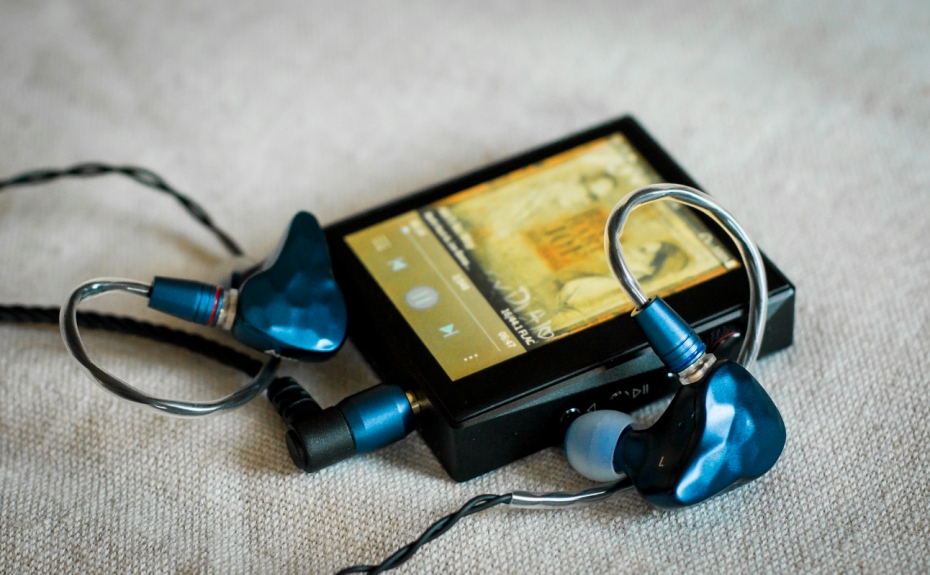
Fit: no problems with iKKO OH1 fit as well. Good ergonimics of shape, good earguides and enough length of output nozzles. Pretty similar to Kanas Pro and even less protrusion from ears due to thin profile.
Sound: IKKO OH1 sounds brighter. Treble range is more extended and detailed as well as more emphasized. It does sound crisp and sparkling while influencing other ranges more by its presence and immense clarity. This results in thin-sounding mids, some rare biting sounds on female vocals and sharper details in overall. Lows are quite similar — with good deep bass reach, enough of presence and powerful midbass. The only difference to Kanas Pro here is the lack of texturing on lows. I would say that iKKO OH1 is great contender if you want more emhpasis on treble and less attention to lows.
Comparison to Whizzer Kylin:
Type: Whizzer Kylin is one more hybrid model, based on 2 Knowles BA units + one 10mm dynamic driver.
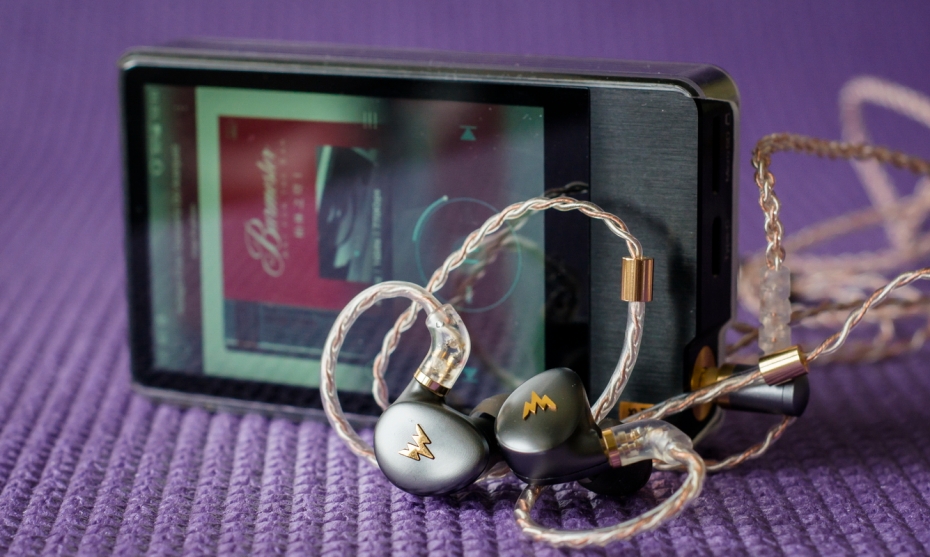
Fit: Not perfect in case of Kylin IEMs. Output nozzles are quite short and have cone shape that prevents from deep fit. Had hard times trying to find the best positions of IEMs and ended up with holding it with my fingers to evaluate the sound.
Sound: despite getting lot of attention by many people, Whizzer Kylin sounds quite strange — good performance on mids and treble and inadequate behavior of lows. Treble is decent, with great extension, clarity and resolution. Mids are fairly thick and very detailed. No problems with female vocals either… Lows are overemphasized, bass sounds a bit smeared and desynchronized with other ranges. It results in good layering but ruins the perception of complete music picture. Kanas Pro is free of such deficiency and builds a better listening experience in overall.
Comparison to LZ HIFI A6Mini:
Type: LZ HIFI A6Mini is another hybrid model, based on 1 piezo-electric + one 10mm dynamic driver.

Fit: Good but not the best one. I would say that Kanas Pro have better fit due to longer output nozzles.
Sound: LZ A6Mini sound may vary from fairly neutral to very bright and crisp which depends of the filter option. This gives you a possibility to tune the sound to own liking and makes A6Mini a very good choice among other IEMs. Anyway, I would say that treble has better extension, it is more crisp and clear. Mids also sound less exposed, thin and tend towards bright and cold side. Lows are not that accented, textured or extended and feel quite concised. I would say that Kanas Pro sound is more open, warmer and more enjoyable for longer listening.
Comparison to Hidizs Mermaid MS4:
Type: Hidizs MS4 is hybrid model, based on 3 Knowles BA units + one 10.2mm dynamic driver.
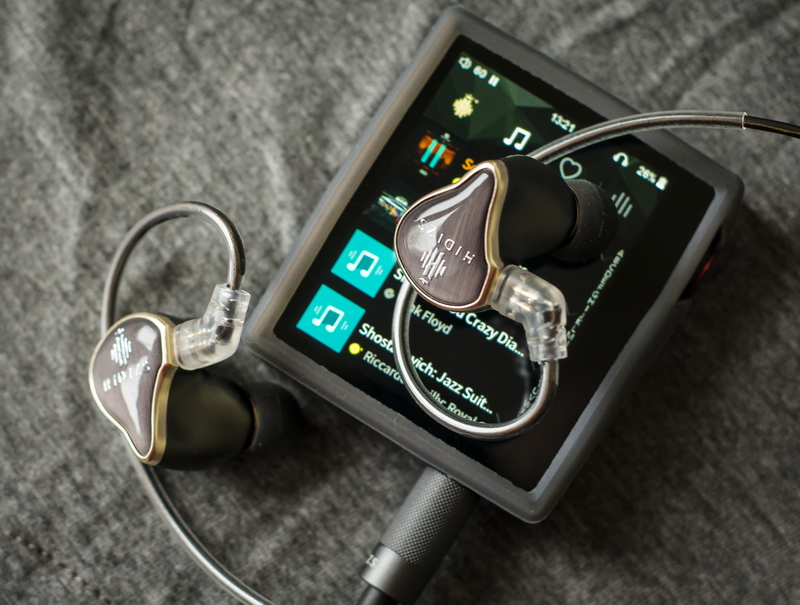
Fit: Excellent fit. Similar to Kanas Pro, thanks to the overall shape and long output nozzles.
Sound: Hidizs MS4 sound is outperforming Kanas Pro in many ways: it has higher resoltuon in overall, similarly good texturing on lows, excellent midbass reproduction, great exposition of mids with no tendency to bring forward or shout on female vocals, enough warmth and body to all sounds and very extended and resolving treble. Kanas Pro can’t compete with its single dynamic driver in terms of instrument separation, entire resolution, treble extension and microdynamics. Anyway, this is logical as the comparison is not very fair due to higher price of Hidizs MS4 ($219 during KS campaign).
Comparison to SHOZY & Neo CP:
Type: SHOZY & Neo CP is a representative of pure BA IEMs, based on 3 Knowles BA drivers.

Fit: Excellent fit, better than Kanas Pro due to different shape and less weight.
Sound: Shozy & Neo CP sound is quite different and softer. BA woofer lacks the deep bass extension and presence but highly accentuates the texturing of lows. Midbass is not that powerful but the dynamics and articulation is better due to speed of armature drivers. Mids are well exposed, have warm timbre and good resolution. No shouting, no sceweness between male and female vocals either. Very good instrument separation but the stage still feels more narrow due to lack of deep bass. Treble is quite delicate with more than average extension but not as bright and crisp as expected from BA units. I would say that Kanas Pro sound is more full, engaging and enjoyable. It doesn’t suffer from lack of lows or midbass insufficiency as a result.
Comparison to Anew U1:
Type: Anew U1 is dynamic model, based on single 10mm dynamic driver.
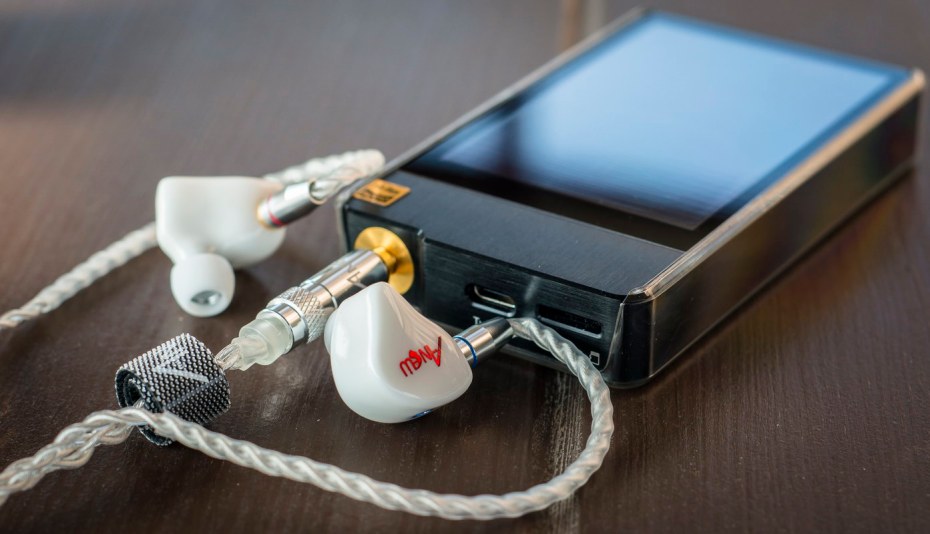
Fit: Good but not the best fit. First, Anew U1 have some driver flex and second — not the best shape either. Pretty comfortable but not that good as Kanas Pro.
Sound: Anew U1 sound more neutral and calm. There is no evident elevation on lows and less pronounced treble. At the same time, bass is equally deep and extended while the treble is almost as clear and detailed. Yes, lows lacks some additional texrturing, treble are not that exposed and upper mids are a bit more prone to shouting in rare cases. Timbre is qute warm as well. I woul say that Anew U1 lower price tag is noticeable when it comes to overall resolution and texturing or lows. Kanas Pro does a better job on that.
Comparison to Tanchjim Oxygen:
Type: Tanchjim Oxygen is another single dynamic option, based on carbon driver with two shell cavities.

Fit: Not the best fit due to short output nozzles. Having hard times with that.
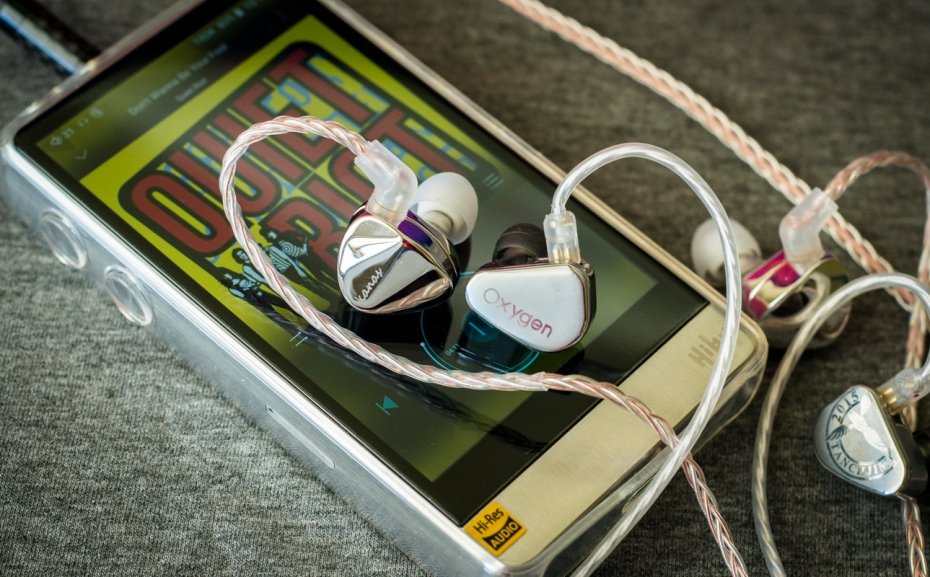
Sound: here comes the battle. For me, Tanchjim Oxygen is the best model among all IEMs despite the cost, amount of drivers or fit. It sounds so good with HiBY R6Pro DAP that I don’t care about minor shortcomings of this model. And no — Kanas Pro is not a competitor. All pros of Kanas Pro should be multiplied while all cons should be removed to form and describe the sound of Tanchjim Oxygen. Bass extension is deeper, excellent texturing on lows, even more body to mids, similarly warm timbre, less accented treble while the clarity and extension stays the same, better instrument separation… Just more balanced and neutral sound with the same virtues. If not the problems with fit — I would shout about Oxygen superiority in $0-300 range at each corner… Anyway, logical outcome and unfair comparison again because Kanas Pro IEMs are significantly cheaper.

Conclusion:
I must admit that the hype about Moondrop Kanas Pro is reasonable and logical. Those IEMs are probably the best in $100-200 range concering all virtues of sound together with build quality and comfortable fit. The combination of high resolving potential, accurate tuning and full-bodied delivery creates the mature and engaging picture. This model is highly recommended in <$200 budget as the most capable one and free of major flaws. It is a quite secure choice, standing between neutrality and balance of audiophile preferences and engaging drive of audio fan expectations.




